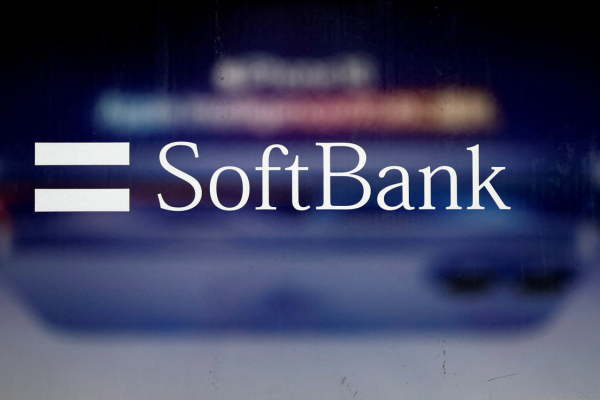Decision-making support systems and the digitalisation of the public sector

WiseTown_DSS - Adobe Stock
The need to bring the benefits of the digital revolution to public administrations is reflected in the large number of initiatives that are currently trying to tackle this challenge worldwide.
The main goal of the digitalisation of the public sector, however, is not about automating existing processes. It is about fostering an ambitious redesign of public administrations, which would, in turn, promote inclusion and eliminate inefficiencies.
This digital transformation, nonetheless, needs to be scaled properly to address the multi-layered actors in the public decision-making process. Digital solutions limited to the top layers of the process – mainly central public administration and governmental agencies – will prevent an efficient trickle-down effect on local governments with detrimental effects on development.
Interoperability, standards and ecosystem development at the forefront of future innovation
On the contrary, an excessive focus on bottom-up approaches would not translate into a proper link between regional administrators and central policymakers. This would also lead to the persistence of systemic asymmetries between geographical areas at different stages of the development process. A balance between these extreme options should be found in a virtuous mix of top-down digitalisation strategies – that set the basis for state-level interoperability and the definition of technological standards and best practices – and local, participatory initiatives.
Moreover, a multi-layered approach is useful to maintain high degrees of efficiency in the management of public data. Too often, data collected and used by public administrations are poorly managed, which creates suboptimal results. This applies both at the upstream phase, in which the same data are collected more than one time with no harmonisation among public databases, and the downstream phase, in which public bodies and private stakeholders cannot access useful data.
The already mentioned interoperability feature helps to overcome this problem, but it is not enough: to reach an acceptable level of efficiency in the management of public data during the digital transformation process, it is fundamental to specify state-level standards that clearly define privacy and usability issues. Apart from the benefit for citizens, this leads to a more transparent relationship between governments and technology providers.

Business Reporter Team
Most Viewed
Winston House, 3rd Floor, Units 306-309, 2-4 Dollis Park, London, N3 1HF
23-29 Hendon Lane, London, N3 1RT
020 8349 4363
© 2025, Lyonsdown Limited. Business Reporter® is a registered trademark of Lyonsdown Ltd. VAT registration number: 830519543
 WiseTown
WiseTown




